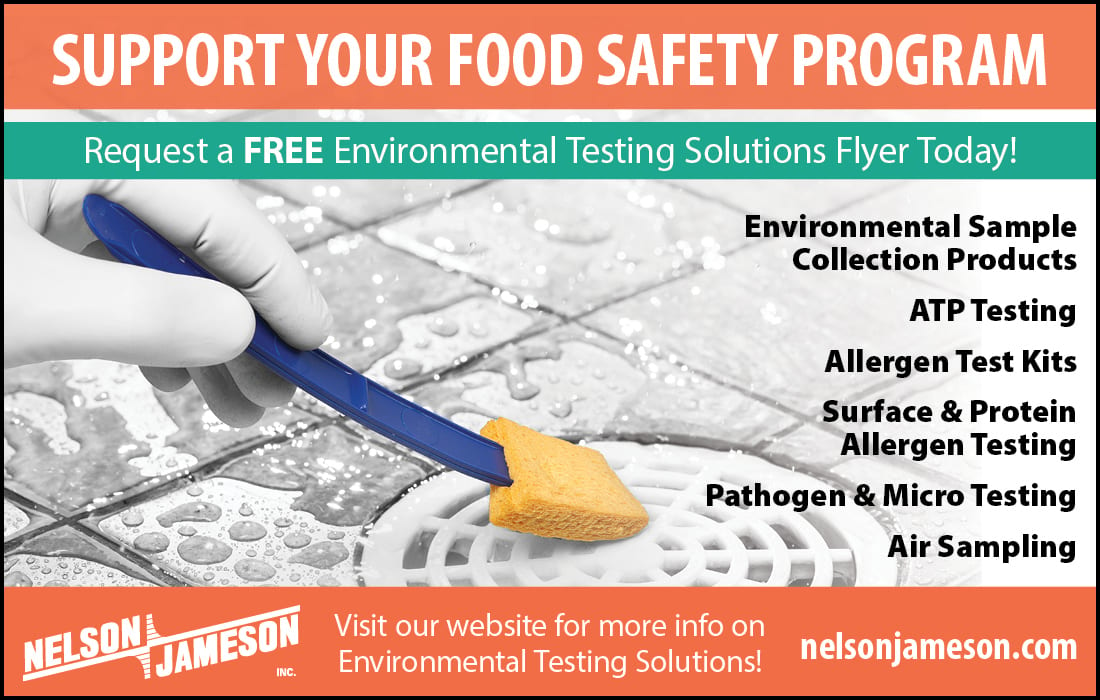Animal agriculture and
the state of
the Industry
sustainable food systems
Sustainability. It’s a topic everyone is talking about — from media outlets to policymakers to concerned grocery store customers. When it comes to agriculture, people want to know that the foods they’re purchasing and consuming are raised in a sustainable manner. However, it begs the question: what is “sustainability?”
The tricky thing with sustainability conversations is everyone has their own subjective definition. At the Animal Agriculture Alliance, we define it as meeting the needs of the present without compromising the ability of future generations to meet their needs. This definition encompasses more than simply taking care of the environment. It also includes ensuring farming and ranching is economically viable while balancing social responsibility.
Each pillar of sustainability — environmental stewardship, economic viability and social responsibility — needs to be considered in decisions, as well as other tradeoffs and potential consequences. One of the largest “solutions” we’ve seen presented in sustainability conversations is the claim that reducing (or even eliminating) meat, milk, poultry and eggs will save the planet. This is often touted as an overly simple “solution” by extremist organizations whose sole mission is to put an end to animal agriculture. However, experts agree that this will have minimal impact on the environment and greenhouse gas emissions but will have devastating effects on human nutrition, which depends on these foods as a nutrient-dense source of protein, vitamins and minerals.
We’ve also seen calls for the removal of animal proteins (and animal agriculture) in the political sphere as policymakers and world leaders consider what they believe a “sustainable food system” should look like. The state of our current food system was thrown into the global spotlight in 2021 when the United Nations held its inaugural Food Systems Summit, aimed at addressing issues like hunger, health, and climate. This trend continued into 2022 when the U.S. announced that it would be holding the first White House Conference on Hunger, Nutrition and Health in more than 50 years. The goal of the event is to “end hunger and increase healthy eating and physical activity by 2030” to reduce diet-related diseases. The same anti-animal agriculture players that we saw engaged in the Food Systems Summit are now turning their attention to this conference to continue calls to take meat, milk, poultry and eggs off store shelves and tables.
By Andy Hanacek
editor-in-chief
Not only has John Soules Foods experienced high-flying success with record sales and new-product development over the past 18 months, but it also built a highly automated, state-of-the-art processing plant in Valley, Ala., to push the company even higher.
Producers continue to achieve progress in their sustainability goals.
By Emily Solis
Animal Agriculture Alliance
animal agriculture plays a vital role in a sustainable food system, and thanks to the work of farmers, ranchers, processors and everyone involved along the food supply chain, it continues to become more sustainable.
The fact of the matter (and what extremist groups don’t want you to know) is that animal agriculture plays a vital role in a sustainable food system, and thanks to the work of farmers, ranchers, processors and everyone involved along the food supply chain, it only continues to become more sustainable over time. Environmental improvements include:
- From 1944 to 2007, U.S. dairy farmers decreased their overall carbon footprint by 63%. Their commitment to continuous improvement in the area of environmental stewardship helped them to reduce their carbon footprint an additional 19% from 2007 to 2017.
- Between 1961 and 2018, the U.S. beef community, through continued sustainability efforts and improved resource use, has reduced emissions per pound of beef produced by more than 40% while also producing more than 66% more beef per animal.
- From 1960 to 2015, pig farmers in the U.S. used 75.9% less land, 25.1% less water, 7% less energy, and have a 7.7% lower carbon footprint.
- The resources used to produce one dozen eggs have been cut considerably with 26% less feed, 32% less water, and a 71% lower carbon footprint since 1960.
On top of progress already made, the U.S. animal agriculture community remains committed to continuing the work. Several sectors of animal agriculture have publicly committed to reaching new goals:
- The U.S. dairy community is working to becoming greenhouse gas neutral or better by 2050.
- The U.S. beef community committed to becoming carbon neutral by 2040.
- By 2030, the U.S. pork community has pledged to reduce greenhouse emissions 40% from a 2015 baseline.
There’s no doubt in my mind that the topic of sustainability will continue to dominate headlines, policy meetings, and friendly conversations beyond 2022. I also have no doubts that the U.S. animal agriculture community will continue to achieve progress in its sustainability-focused goals. For more on U.S. animal agriculture’s commitment to sustainability efforts, view the Alliance’s Sustainability Impact Report.
Emily Solis is manager, communications and content, for Animal Agriculture Alliance.

